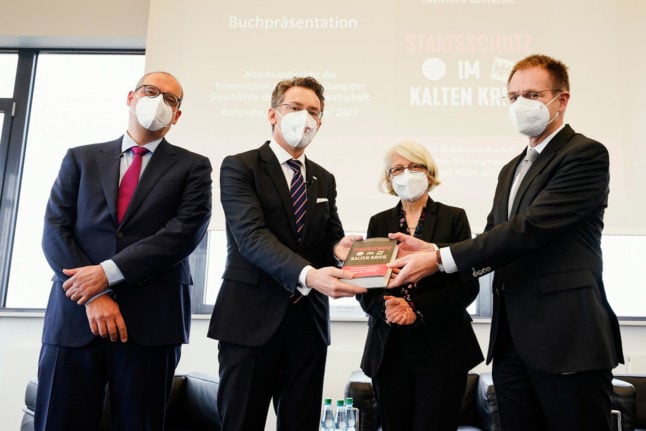The documents are from the American Zone of Occupation in southern Germany
— the largest Allied-controlled area — and are part of the centre's trove known as the Arolsen Archives, some of which are already online.
In the months after the end of the war, Britain, France, the Soviet Union and the United States — the four occupying powers — ordered local German authorities to provide information on the fate of any foreign nationals, German Jews and stateless persons.
READ ALSO: Ghostly Nazi-era Autobahn resurfaces in German forest
Details of burial sites were also included.
“In the American Zone of Occupation alone, this resulted in the creation of
around 850,000 documents containing information on 10 million names,” the
centre said in a statement.
The archive, previously known as the International Tracing Service, has helped researchers discover the history of Nazi victims such as Anne Frank.
Rebecca Böhling, acting head of the National Institute for Holocaust Documentation at the United States Holocaust Museum said the archive was of “exceptional significance”.
The Arolsen Archives team said in a statement it had worked with the genealogical research company Ancestry in order to make the information accessible “quickly and easily”.
The centre said it would be putting more lists online soon, starting with . the archive for the British Zone of Occupation.



 Please whitelist us to continue reading.
Please whitelist us to continue reading.
Member comments